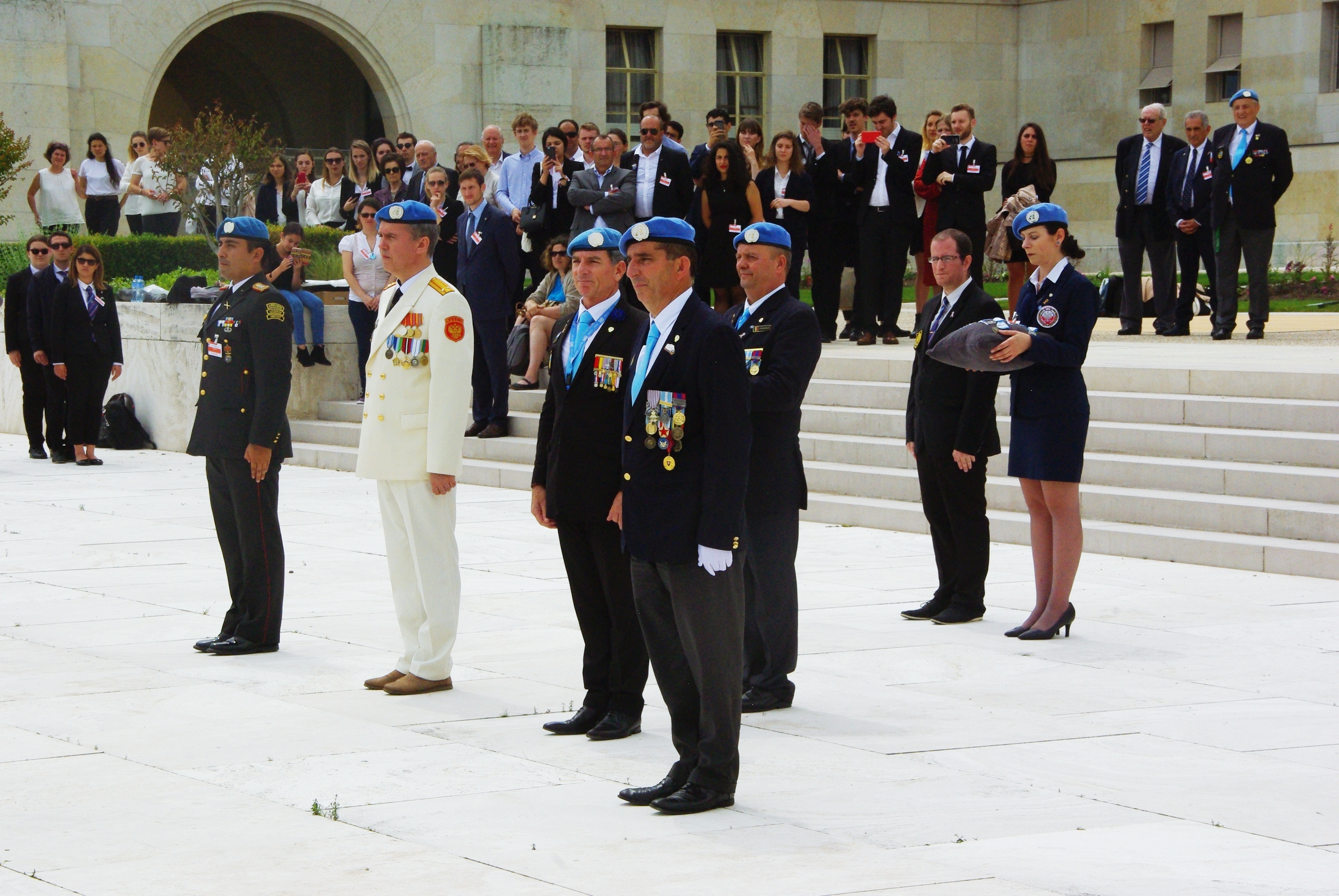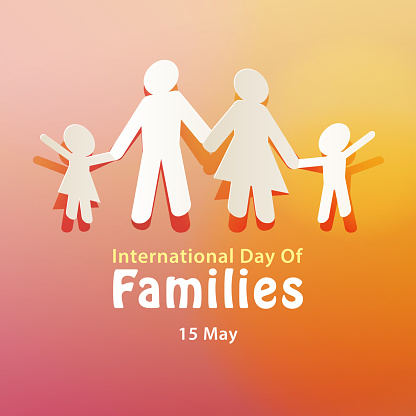« We are economically dependent on Moscow,
But Moscow depends politically on us« [1].
It all began in 1991 when Chechen President Djokhar Dudaev unilaterally proclaimed the independence of the Chechen Republic and in 1992 refused to sign the treaty forming the Russian Federation. A small republic[2] situated in the south of the Russian Federation, at the foot of the Caucasus mountains, known for its insubordination first to the Russian Empire and then to the USSR, Chechnya – according to the doctrine of the self-determination of peoples – demanded its independence on the same footing as the republics of the South Caucasus.
In 1994, after trying by political and economic means to extinguish Chechen independence, the Russian army went to Chechnya with 30 000 soldiers. President Boris Yeltsin wanted a lightning war, convinced of the superiority of his army over what he called « rabid dogs ». Nevertheless, in the end there were more than 23,700 Russian soldiers with 80 tanks and 208 armoured vehicles (Vinatier, 2007) who, over a period of two years, fought against the Chechen independence militia composed of less than 10,000 lightly armed men (Shihab, 2005). Embroiled in a war that divides as much as it costs, it was following the recapture of Grozny (the capital) by the Chechens that Yeltsin agreed to negotiate a peace agreement with Dudaev. Signed in 1996, the deliberately ambiguous Khassavyurt Peace Agreement recognised Chechnya’s independence without providing its terms, as they were to be the subject of a second agreement scheduled for 2001.
This legal and political status quo, which did not suit either side, finally collapsed in 1999 when radical warlords made an incursion into Dagestan (a neighbouring Muslim republic) with the aim of creating the « Islamic Caucasus ». Thus, the second Chechen war[3] began in 1999, taking the official form of the fight against terrorism and coinciding with the appointment of Vladimir Putin as Prime Minister. This conflict turned out to be even more bloody than the first one. Russia will be accused of not respecting Jus in Bello by the international community (Merlin & Le Huérou, 2012) without any intervention under the aegis of an international organization because the conflict was classified as a Non-International Armed Conflict. Nevertheless, in view of the 300,000 victims who reportedly lost their lives between 1994 and 2000 (i.e. 26% of the Chechen population in 1994[4]), many NGOs considered, at the very least, that the conflict amounted to genocidal violence. The conflict ended with the fall of Grozny in February 2000 and resulted in the integration of the Chechen Republic into the Russian Federation and the establishment of direct governance by Moscow over this territory.
Therefore, the question that arises inevitably here is: « Why so much violence for such a small territory? ». What is more, the Russian Federation was a new State, in the midst of rebuilding its political model and diplomatic line. A priori, the cost-benefit ratio seems totally unbalanced. We could draw up an exhaustive list of the interests behind the Russians’ determination in Chechnya: the oil resources present in the territory, the natural border that is the Caucasus mountain range and, the power vacuum on the southern border that would have been created by the independence of the Chechen republic. Furthermore, the fact that this territory was crossed by a Russian gas and oil pipeline. Finally, the question of territorial integrity in order to prevent other people/ethnics of the federation from also claiming independence. Nevertheless, the experts on the issue believe that these factors cannot explain, even cumulatively, the motivation of the Russians in this region, let alone the violence they committed during the two conflicts. Moreover, the origin of the shift from a claim to independence to a holy war raises questions about the forces at play in the Caucasus at the end of the 20th century, as it is difficult to envisage that in such a short period of time the population or part of the population has moved from a moderate, Sufi, Islam to a radical, Wahhabi Islam[5].
Nevertheless, if the answer incorporates multiple factors and there is still some distance to go, the Russian Federation’s involvement in Syria could provide part of the answer.
Indeed, since 2016 the Kremlin has been deploying Russian military police in Syria to carry out security and humanitarian missions among Syrian civilians. Consequently, in the continuity of its military intervention in 2015, in support of the regime of Bashar El-Assad, the Kremlin began a post-conflict mediation phase with the help of this military police composed largely of Chechens, Sunni Muslims, ironically highly respected by the Muslim world for their courage and self-sacrifice in facing the Russian invader[6]. As a result, communication and relations between the Russian military police and Syrian civilians are facilitated by their cultural proximity and their common experience of war. Thus, thanks to this population the Russian government can carry out its intervention in Syria without being accused of interference, as it is far from imposing any foreign norms or foreign political models on the Syrian regime.
It is mainly thanks to the budgets of the Akhmat Kadyrov Foundation and the charitable association Zakyat that the military police is providing food, medicine and finances the renovation of the Great Mosque of Aleppo (Hauer, 2018). As a result, Moscow is relatively popular among the local population because, according to a survey conducted in 2017 among young Sunni Arabs in the Maghreb and the Near East, 21% of them consider Russian State to be their country’s main ally against 15% for the United States[7]. This makes President Vladimir Putin proud: « I am happy to see that the people in Syria have great confidence in the Russian military, especially in our military police who work in Syria and who do so with honour, it is composed largely of soldiers from the North Caucasus, they are all Muslims, the inhabitants turn to them for protection« [8].
It could therefore be said, without going too far, that the objective for the Russian state is threefold. First, to ensure that Bashar al-Assad’s Syria remains an ally and to prevent other international or regional powers from taking up the Syrian question, while at the same time establishing itself as a leader in the peace-building process on the international scene. Secondly, to highlight its population in the North Caucasus, to demonstrate full acceptance of multiculturalism and its interest for the Russian Federation, echoing an intern policy to rebuild a sense of national belonging among these populations. Finally, it helps to counterbalance the historical proximity of Moscow and Tehran and, consequently, to position itself as a power close to the Muslim world while overcoming the Sunni/Shiite distinction (Nocetti, 2020).
Real tool of soft power, the recourse to this population to serve Moscow’s interests is part of a new interventionist strategy, less paternalistic and more in tune with the sociological reality of the Syrian state.
This is how one can understand – perhaps anachronistically – the Russian Federation’s interest in having kept the Muslim republics of the North Caucasus in its midst. Indeed, we might ask ourselves whether this is an opportunistic instrumentalization or a conscious strategy begun more than two decades ago and made possible by the Russian political system. However, it would make just as much sense to consider a third option, from a more historical and anthropological perspective, in which the Russian state would have grasped, and has done so for several centuries, the idea that it is better to have the Chechens with you than to have them on the other side of its border.
Thya ILLIEN-ANDRIEU, LINKEDIN
[1] Commentator on political life in Dagestan, Moscow April 2017 in: Merlin, Aude. The North Caucasus in the mirror of Russian federalism. In: Where is Russia going? « edited by Merlin Aude, University of Brussels, 2007, p.89.
[2] The Chechen Republic represents 16 000 km2 of the 17 million km2 of the territory of the Russian Federation.
[3] Currently there is no consensus on the qualification of these events, as the Russian authorities refer to the 1994-1996 conflict as the « Armed conflict in the Chechen Republic » or « Chechnya’s first campaign to restore constitutional order ». The second war (1999 to 2010) is officially called « Anti-terrorist Operations in the North Caucasus Region » or « The Second Chechen Campaign ». Thus, the term « war » has never been recognised either by the Russian authorities or by the international community, which refers to these events as the « Russian-Chechen conflict », with the idea that this conflict was confined to Russia’s borders only.
[4] In the case of the first conflict, the number of victims varies considerably depending on the nature of the institution conducting the census. The lowest estimates are 2700 deaths among Chechen militants and 80 000 among Chechen civilians. Approximately 14 000 soldiers are said to have died on the federal side. In total, non-governmental organisations estimate that between 100,000 and 300,000 civilians died, in addition to the 200,000 refugees between 1994 and 2000. See data in the article « Consequences of the military operations in the Chechen Republic in demographic, social and economic terms », 2005, available at: http://www.demoscope.ru/weekly/2005/0211/analit02.php, from the book : Полностью материал опубликован в книге: Рязанцев С.В. Демографический и миграционный портрет Северного Кавказа. – Ставрополь: Сервисшкола, 2003, с.26-77.
[5] In an interview with Oliver Stone, Vladimir Putin explains that despite official American assistance in their fight for Chechen independence, the CIA was destabilising the Caucasus region by investing Wahhabi Muslims from Afghanistan in the Caucasian mountains, in addition to financial support. Stone, Oliver « Conversation with Mr. Putin », broadcast on France 3, June 26, 2017.
[6] War for the conquest of the North Caucasus from 1785 to 1859, Chechen uprisings in 1921, 1924, 1928, 1937, deportation of one third of the Chechen population in 1944 (return from 1957).
[7] 10 Years of Arab Youth Survey, « A Decade of Hopes & Fears », ASDA’A Burson-Marsteller, 2018 (www.arabyouthsurvey.com).
[8] RT France. La grande Interview : Vladimir Poutine [Vidéo en ligne], YouTube, 16 Octobre 2019 [seen the 03/02/2020], available at : https://www.youtube.com/watch?v=2cqD2ynbApU.
Bibliography
Neil Hauer. Russian diplomacy in Syria bolstered by Muslim minority outreach [En ligne] Middle East Institute, publié le 06/02/2018 [consulté le 03/02/2020] Disponible sur : https://www.mei.edu/publications/russian-diplomacy-syria-bolstered-muslim-minority-outreach
Vinatier, Laurent « Ruptures structurelles. Les guerres contingentes (1994-1999) », Russie : l’impasse tchétchène, 2007, p.34
Merlin, Aude, « Le Nord-Caucase au miroir du fédéralisme russe », in Où va la Russie ? Merlin Aude (dir.), édition de l’Université de Bruxelles, 2007, p.89
Merlin, Aude, & Le Huérou, Anne, « Le conflit tchétchène à l’épreuve de la reconnaissance ». Cultures & conflits, 87, (2012), p.12. https://doi.org/10.4000/conflits.18475
Nocetti, Julien, « Pour aller plus loin : Moyen-Orient ; La Russie incontournable », Questions internationales, Janvier-février 2020, n°101, p.45
Sophie Shihab, « Préface », dans Tchétchénie : Dix Clés Pour Comprendre, Comité Tchétchénie (dir.) La Découverte, p.8, 2005.
Sitography
Accord de paix Khassaviourt, 1996 : https://www.globalsecurity.org/military/library/news/2006/08/mil-060830-rferl02.htm , 30 août 2006, Liz Fuller.
« Conséquences des opérations militaires en République tchétchène en termes démographiques, sociales et économiques », 2005, disponible sur http://www.demoscope.ru/weekly/2005/0211/analit02.php , issu de l’ouvrage : Полностью материал опубликован в книге: Рязанцев С.В. Демографический и миграционный портрет Северного Кавказа. – Ставрополь: Сервисшкола,
2003, с.26-77.
Le Dessous des Cartes – Caucase du Nord, le talon d’Achille de la Russie, 2017, ARTE France, disponible sur : https://boutique.arte.tv/detail/ddc_caucase_nord_talon_achille_russie
RT France. La grande Interview : Vladimir Poutine [Vidéo en ligne], YouTube, 16 Octobre 2019 [vue le 03/02/2020], disponible sur : https://www.youtube.com/watch?v=2cqD2ynbApU.
10 Years of Arab Youth Survey, « A Decade of Hopes & Fears », ASDA’A Burson-Marsteller, 2018 (www.arabyouthsurvey.com).



